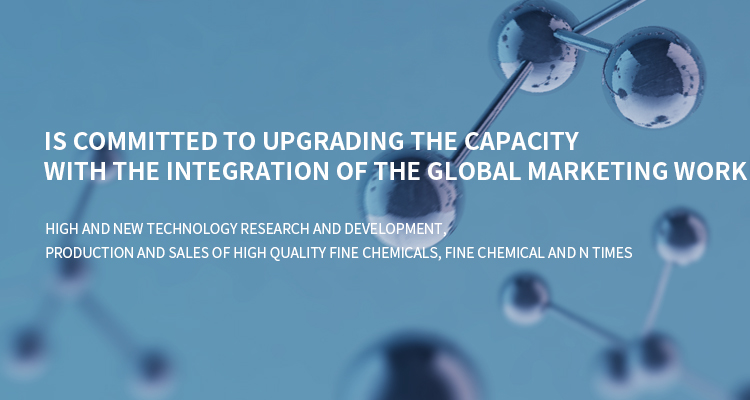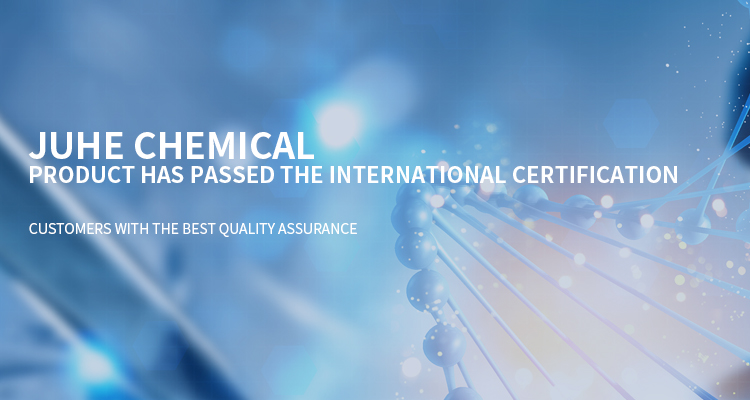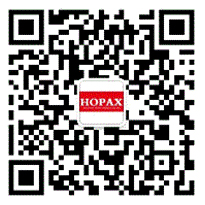Copper plating additives are commonly used in nuclear magnetic resonance (NMR), gas chromatography-mass spectrometry (GCMS), mass spectrometry (MS), infrared (FTIR), X-ray fluorescence analyzer (XRF), liquid chromatography-mass spectrometry (LCMS), thermogravimetric analysis (TGA) and other large instruments and equipment.
Common types
Copper salt: copper sulfate, copper chloride, copper nitrate, etc., providing copper ion required for copper plating.
Complexing agent: potassium sodium tartrate, sodium citrate, disodium ethylenediamine tetraacetate, triethanolamine, etc., can make the coating crystal fine and bright, and prevent copper ions from forming precipitation under alkaline conditions.
Reducing agent: formaldehyde, glyoxal, glyoxylic acid, hypophosphate, etc., can reduce copper complex ions to metal copper.
Accelerator: sodium polydithiopropane sulfonate, sodium 3-mercapto-1-propane sulfonate, etc., which can improve the cathodic current density and make the coating uniform and fine.
Inhibitor: commonly used polyethylene glycol can be adsorbed on the surface of the plating piece to reduce the diffusion of additives such as brightener and achieve the leveling effect.







